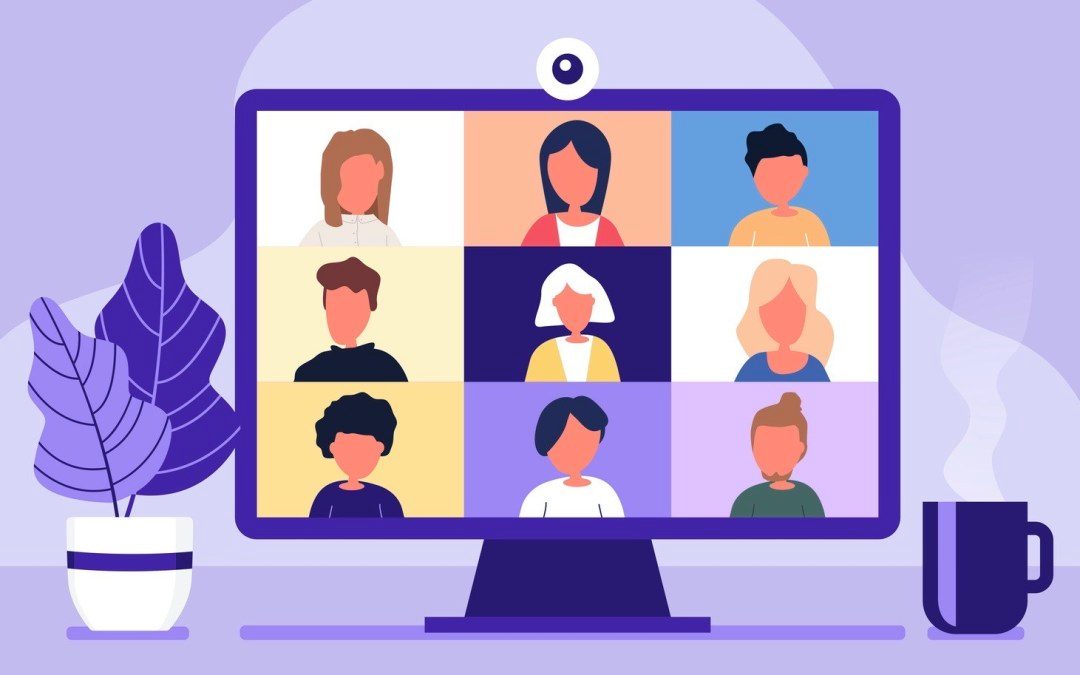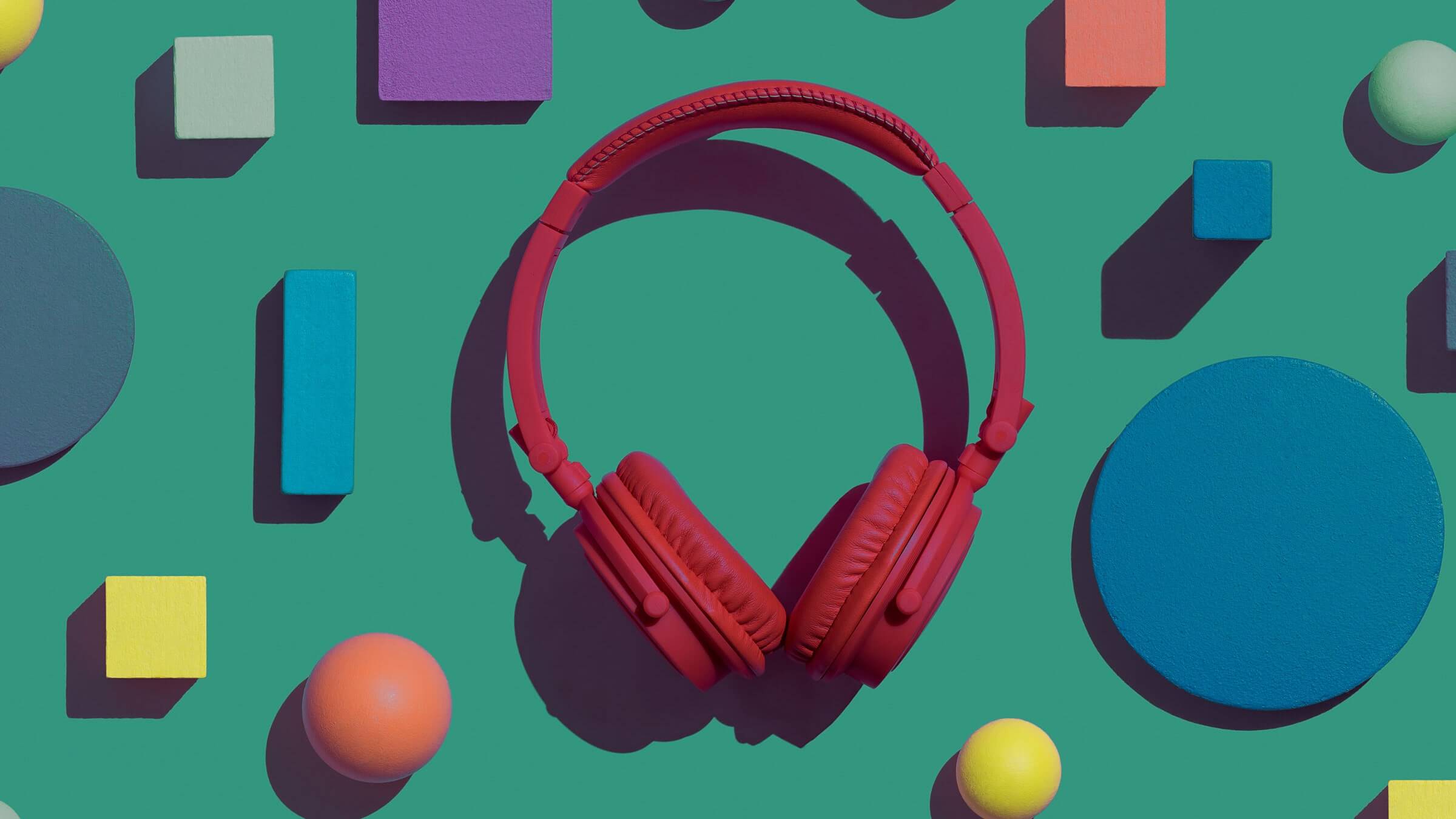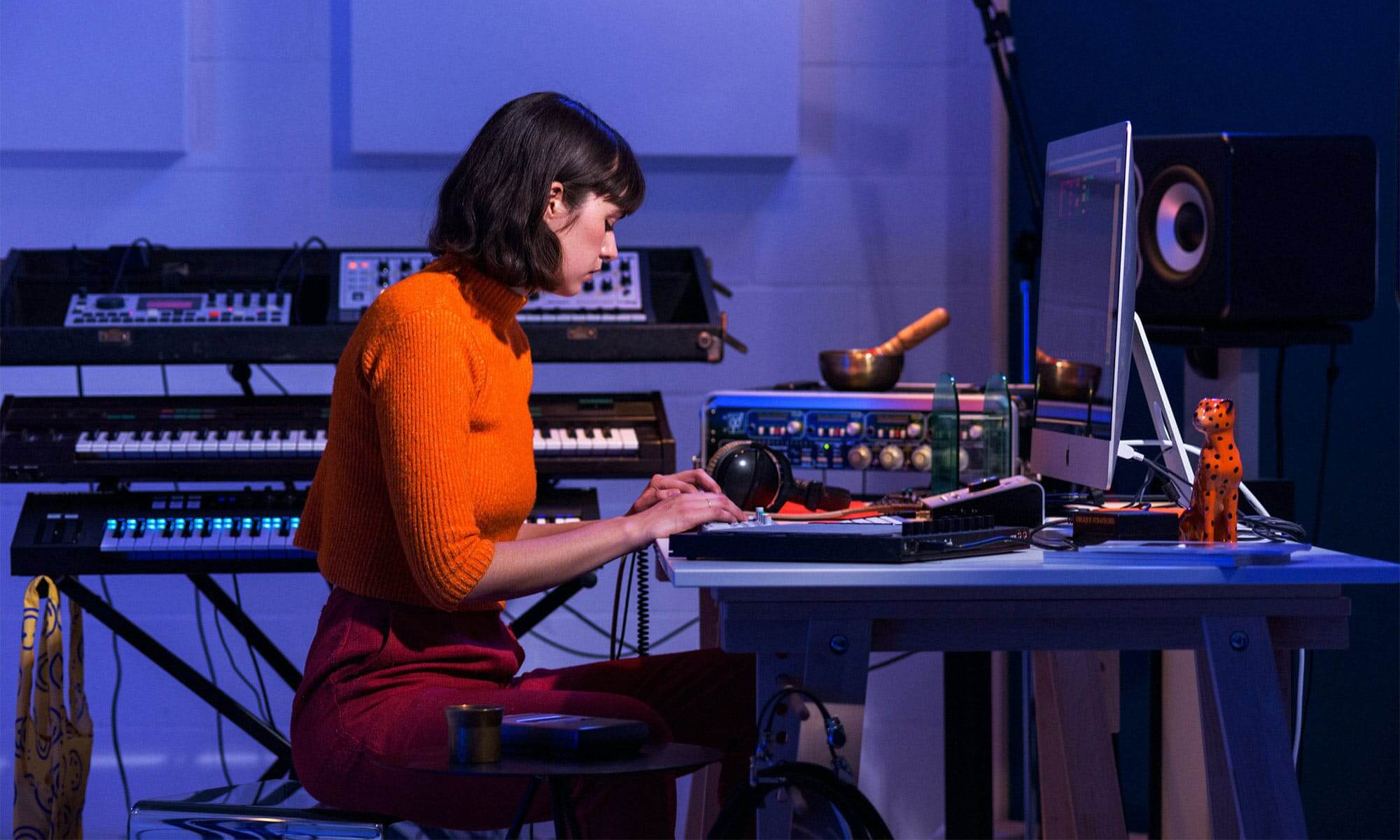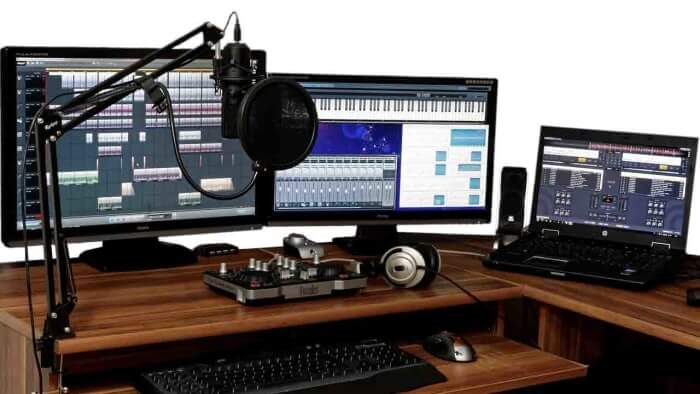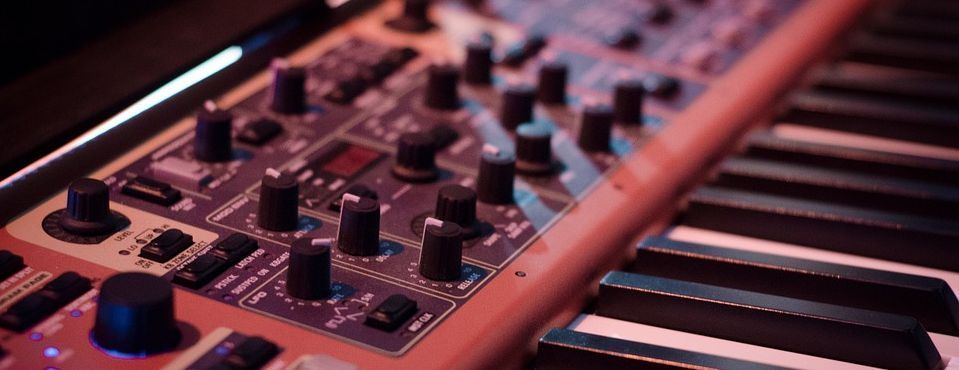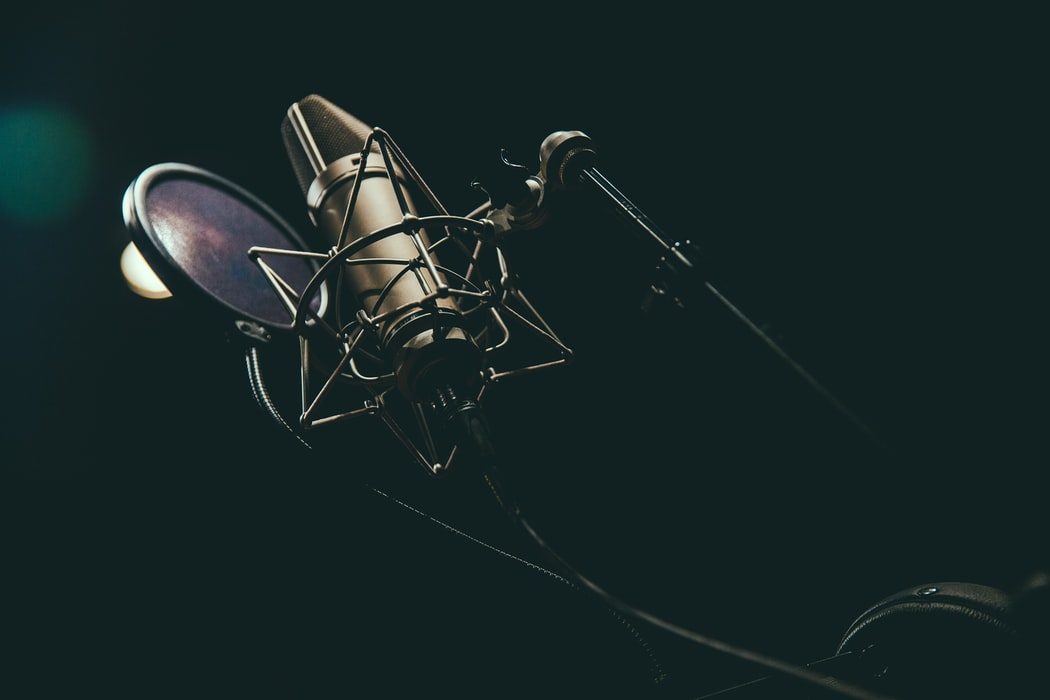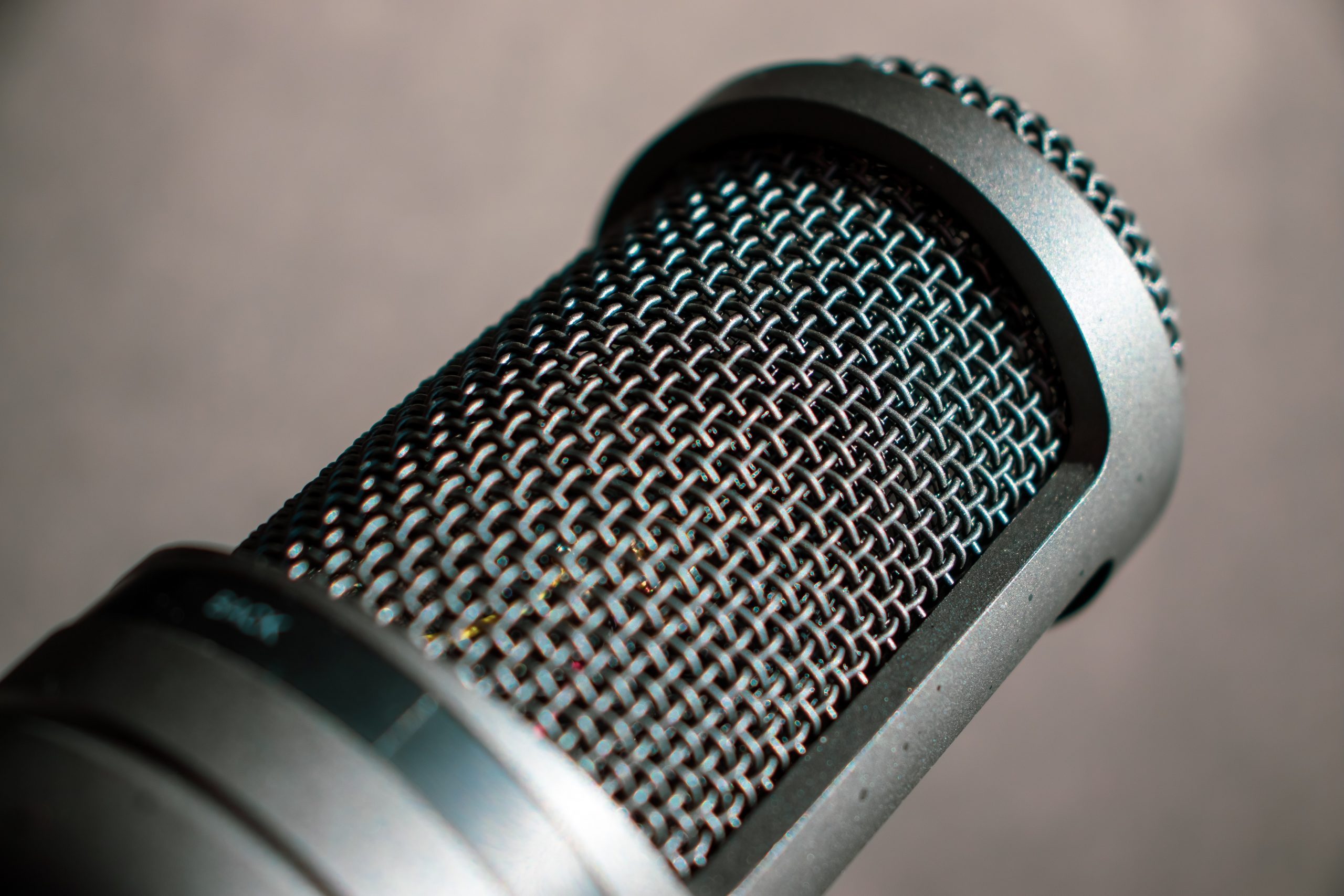Daily life moved online like never before in 2020 and it continues to 2021.
If you spent most of last year on video calls, you’ve probably wondered about using videoconferencing software for music.
Music collaboration is important for inspiration and working together face-to-face is more difficult right now.
However, using regular video apps for music can be a challenge. Configuring audio, setting up mics, and sharing your DAW screen can grind a fun session to a halt.
Even so, there are many effective options out there for musicians who need to work together from afar.
In this article, I’m showing you the top 10 Zoom alternatives for musicians so you can collaborate on music remotely.

